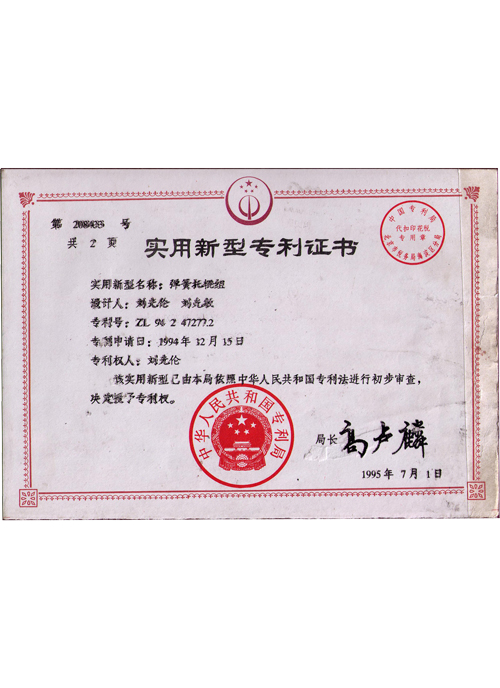 Afrikaans
Afrikaans  Albanian
Albanian  Amharic
Amharic  Arabic
Arabic  Armenian
Armenian  Azerbaijani
Azerbaijani  Basque
Basque  Belarusian
Belarusian  Bengali
Bengali  Bosnian
Bosnian  Bulgarian
Bulgarian  Catalan
Catalan  Cebuano
Cebuano  Corsican
Corsican  Croatian
Croatian  Czech
Czech  Danish
Danish  Dutch
Dutch  English
English  Esperanto
Esperanto  Estonian
Estonian  Finnish
Finnish  French
French  Frisian
Frisian  Galician
Galician  Georgian
Georgian  German
German  Greek
Greek  Gujarati
Gujarati  Haitian Creole
Haitian Creole  hausa
hausa  hawaiian
hawaiian  Hebrew
Hebrew  Hindi
Hindi  Miao
Miao  Hungarian
Hungarian  Icelandic
Icelandic  igbo
igbo  Indonesian
Indonesian  irish
irish  Italian
Italian  Japanese
Japanese  Javanese
Javanese  Kannada
Kannada  kazakh
kazakh  Khmer
Khmer  Rwandese
Rwandese  Korean
Korean  Kurdish
Kurdish  Kyrgyz
Kyrgyz  Lao
Lao  Latin
Latin  Latvian
Latvian  Lithuanian
Lithuanian  Luxembourgish
Luxembourgish  Macedonian
Macedonian  Malgashi
Malgashi  Malay
Malay  Malayalam
Malayalam  Maltese
Maltese  Maori
Maori  Marathi
Marathi  Mongolian
Mongolian  Myanmar
Myanmar  Nepali
Nepali  Norwegian
Norwegian  Norwegian
Norwegian  Occitan
Occitan  Pashto
Pashto  Persian
Persian  Polish
Polish  Portuguese
Portuguese  Punjabi
Punjabi  Romanian
Romanian  Russian
Russian  Samoan
Samoan  Scottish Gaelic
Scottish Gaelic  Serbian
Serbian  Sesotho
Sesotho  Shona
Shona  Sindhi
Sindhi  Sinhala
Sinhala  Slovak
Slovak  Slovenian
Slovenian  Somali
Somali  Spanish
Spanish  Sundanese
Sundanese  Swahili
Swahili  Swedish
Swedish  Tagalog
Tagalog  Tajik
Tajik  Tamil
Tamil  Tatar
Tatar  Telugu
Telugu  Thai
Thai  Turkish
Turkish  Turkmen
Turkmen  Ukrainian
Ukrainian  Urdu
Urdu  Uighur
Uighur  Uzbek
Uzbek  Vietnamese
Vietnamese  Welsh
Welsh  Bantu
Bantu  Yiddish
Yiddish  Yoruba
Yoruba  Zulu
Zulu Different Types of Idlers for Belt Conveyors and Their Applications
Understanding Belt Conveyor Idler Types
Belt conveyors are integral to various industries, facilitating the transport of materials efficiently and effectively. One of the critical components of a belt conveyor system is the idler. Idlers support the conveyor belt and assist in the smooth movement of materials. They come in various types, each designed for specific applications and operating conditions. This article explores the different types of belt conveyor idlers, their structures, and their uses.
1. Conventional Idlers
Conventional idlers are the most commonly used type of idler in belt conveyor systems. They consist of a series of rollers mounted on a frame, arranged in a pattern that supports the belt. The most typical configuration is the three-roll design, where the central roller is positioned higher than the two outer rollers, forming a V shape. This design facilitates belt tracking and minimizes spillage of materials. Conventional idlers are widely used in various applications due to their versatility and effectiveness.
2. Impact Idlers
Impact idlers are specially designed to withstand the forces exerted by heavy loads, particularly in loading areas where materials are dumped onto the conveyor belt. These idlers usually have reinforced structures and may feature rubber or other cushioning materials that absorb shock, reducing damage to both the belt and the idler itself. They are essential in mining and heavy material handling operations, where the impact of heavy materials can be significant.
Return idlers are used to support the return section of the conveyor belt, which travels back to the loading point after discharging its load. These idlers are typically designed to be flat or have a slight elevation to ensure proper belt tracking. Return idlers play a critical role in maintaining the belt's alignment and preventing it from sagging or misaligning, which could lead to increased wear and reduced efficiency.
belt conveyor idler types

4. Training Idlers
Training idlers, also known as guide idlers, are employed to help guide the conveyor belt and maintain its alignment. These idlers are strategically placed on either side of the belt to correct any deviations that may occur during operation. Proper alignment is crucial in preventing uneven wear on the belt and reducing the likelihood of belt failure. Training idlers are particularly valuable in long conveyor systems where maintaining the belt's path can be challenging.
5. Self-Aligning Idlers
Self-aligning idlers are an advanced variation of training idlers, designed to automatically adjust their position to keep the belt centered. These idlers can pivot along a pivot point, allowing them to move with the belt's lateral movements. This self-adjustment reduces the need for manual intervention and enhances the overall efficiency of the conveyor system, especially in applications prone to belt misalignment.
6. Specialized Idlers
In addition to the standard types mentioned, there are various specialized idlers designed for specific applications. For example, heavy-duty idlers are engineered for extreme conditions and high-load applications, while hollow idlers are used in certain environments where weight reduction is crucial. Additionally, there are idlers that incorporate sealing systems to protect against dust and moisture, extending the lifespan of the belt and the idler.
Conclusion
Understanding the different types of belt conveyor idlers is essential for designing and maintaining efficient conveyor systems. Each type serves a distinct purpose and is tailored for specific applications and environments. By selecting the appropriate idler type, industries can enhance operational efficiency, reduce maintenance costs, and improve the longevity of their conveyor systems. As technology advances, we can expect further innovations in idler design, contributing to even more efficient material handling solutions.
-
Revolutionizing Conveyor Reliability with Advanced Rubber Lagging PulleysNewsJul.22,2025
-
Powering Precision and Durability with Expert Manufacturers of Conveyor ComponentsNewsJul.22,2025
-
Optimizing Conveyor Systems with Advanced Conveyor AccessoriesNewsJul.22,2025
-
Maximize Conveyor Efficiency with Quality Conveyor Idler PulleysNewsJul.22,2025
-
Future-Proof Your Conveyor System with High-Performance Polyurethane RollerNewsJul.22,2025
-
Driving Efficiency Forward with Quality Idlers and RollersNewsJul.22,2025





























